Transforming Spaces with Modern Contemporary Furniture Insights from the 138th Canton Fair 2025
The 138th Canton Fair in 2025 serves as a significant platform for showcasing the latest innovations in modern contemporary furniture, reflecting the evolving trends in the design and manufacturing sectors. This prestigious event brings together industry leaders, designers, and enthusiasts from around the globe, providing them with the opportunity to explore a diverse range of furniture that encapsulates functionality, aesthetics, and sustainability.
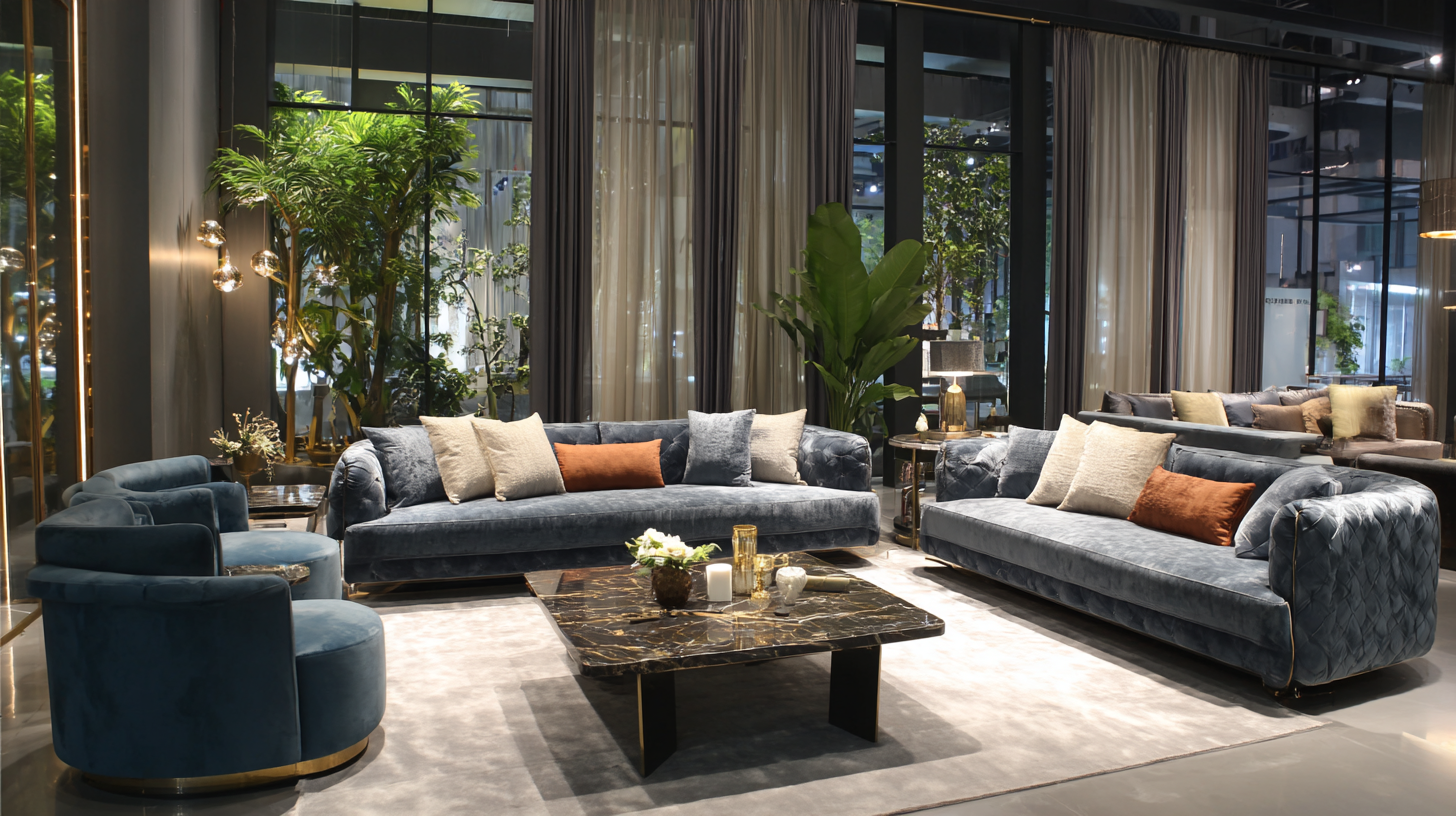
As we delve into the transformative impact of this furniture on living and commercial spaces, we will uncover key insights and emerging styles presented at the fair. With a focus on contemporary designs that harmonize with modern lifestyles, this exposition highlights the role of furniture not just as functional pieces, but as essential components that enhance our spaces and experiences.
Join us as we explore the dynamic intersections of creativity and practicality showcased at this year's Canton Fair, emphasizing how modern contemporary furniture continues to redefine our environments.
Innovative Designs: The Rise of Modern Contemporary Furniture at the Canton Fair
The 138th Canton Fair in 2025 showcased a remarkable array of innovative designs that exemplify the rise of modern contemporary furniture. Exhibitors from around the globe unveiled pieces that blend functionality with aesthetic appeal, reflecting current lifestyle trends. Sleek lines, sustainable materials, and multi-functional designs dominated the exhibition floor, demonstrating a shift towards a more sustainable and stylish way of living. Manufacturers are increasingly embracing eco-friendly materials and production methods, appealing to environmentally conscious consumers who prioritize sustainability in their purchasing decisions.
In addition to sustainability, personalization has become a key theme in contemporary furniture design. Many brands featured customizable options, allowing consumers to tailor pieces to fit their individual tastes and home decor. This trend fosters a deeper connection between the furniture and its owner, making each item a unique expression of personal style. The Canton Fair not only highlighted these innovative designs but also served as a platform for industry leaders to share insights and foster collaborations, paving the way for the future of modern contemporary furniture.
Transforming Spaces with Modern Contemporary Furniture
This chart illustrates the growing popularity of various styles of modern contemporary furniture based on visitor interest at the 138th Canton Fair in 2025. The data shows the percentage of interest for different furniture styles over the three main categories: Minimalist, Industrial, and Scandinavian.
Sustainable Materials: Eco-Friendly Trends in Contemporary Furniture
The 138th Canton Fair 2025 showcased a remarkable array of contemporary furniture, highlighting a growing trend towards sustainable materials that are transforming how we think about modern living spaces. With an increasing consumer awareness around environmental impact, furniture manufacturers are focusing on eco-friendly materials. According to a recent report by the International Furniture Fair Association, over 60% of consumers now prioritize sustainability in their purchasing decisions, marking a significant shift in the industry. This trend has compelled designers to seek out materials such as bamboo, reclaimed wood, and recycled metals, not only to meet consumer demand but also to reduce their carbon footprints.
Incorporating sustainable materials into contemporary furniture design not only reflects a commitment to environmental stewardship but also offers functional and aesthetic advantages. For instance, lighter materials such as recycled aluminum enhance both portability and flexibility in urban living spaces. Data from the Global Sustainability Report suggests that the eco-furniture market is projected to grow by 25% annually through 2030, driven by innovations in material science and rising consumer expectations for ethical manufacturing practices. As designers and manufacturers continue to prioritize sustainability, the landscape of contemporary furniture will evolve to meet a future that values both functionality and ecological responsibility.
Transforming Spaces with Modern Contemporary Furniture Insights from the 138th Canton Fair 2025
| Material | Sustainability Rating | Popularity | Example Products |
|---|---|---|---|
| Bamboo | Excellent | High | Chairs, Tables |
| Recycled Metal | Good | Medium | Shelving, Light Fixtures |
| Hemp Fiber | Very Good | Medium | Upholstery, Rugs |
| Reclaimed Wood | Excellent | High | Dining Tables, Desks |
| Biodegradable Plastics | Good | Growing | Storage Bins, Chairs |
Cultural Influences: How Local Heritage Shapes Modern Furniture Styles
The 138th Canton Fair 2025 provides a captivating glimpse into the evolution of modern contemporary furniture, particularly how local heritage shapes contemporary designs. Cultural influences play a pivotal role in crafting furniture styles that resonate with both tradition and innovation. For instance, according to a report by the International Furniture Fair, 67% of consumers prefer designs that reflect local craftsmanship, illustrating a significant trend towards integrating cultural elements into modern aesthetics.
Contemporary furniture is increasingly characterized by a fusion of traditional motifs and modern functionality. Artisans are drawing inspiration from local heritage, incorporating indigenous materials and crafts into their designs. This blend not only preserves cultural identity but also meets the growing demand for unique, story-driven products. As noted in the Global Design Trends report, 54% of designers are prioritizing sustainability and ethical sourcing, further enhancing the appeal of culturally influenced designs.
Tips for embracing local heritage in furniture design include collaborating with local artisans, sourcing region-specific materials, and researching the historical context of design elements. By doing so, not only can designers create impactful pieces, but they also celebrate and promote the richness of local cultures. Another tip is to incorporate storytelling into marketing strategies, as consumers are increasingly drawn to products with meaningful narratives behind them.
Emerging Brands: Spotlight on New Players in the Furniture Industry
The 138th Canton Fair in 2025 served as a vibrant platform showcasing emerging brands in the furniture industry, highlighting a wave of innovation and creativity. Among the participants, new players captivated audiences with their unique approach to design, focusing on sustainability and functionality. Brands like EcoFurn and ModernNest introduced collections that not only reflect contemporary aesthetics but also prioritize environmentally-friendly materials and production methods. This focus on eco-conscious design resonates with today’s consumers who are increasingly seeking pieces that enhance their living spaces while contributing to a sustainable future.
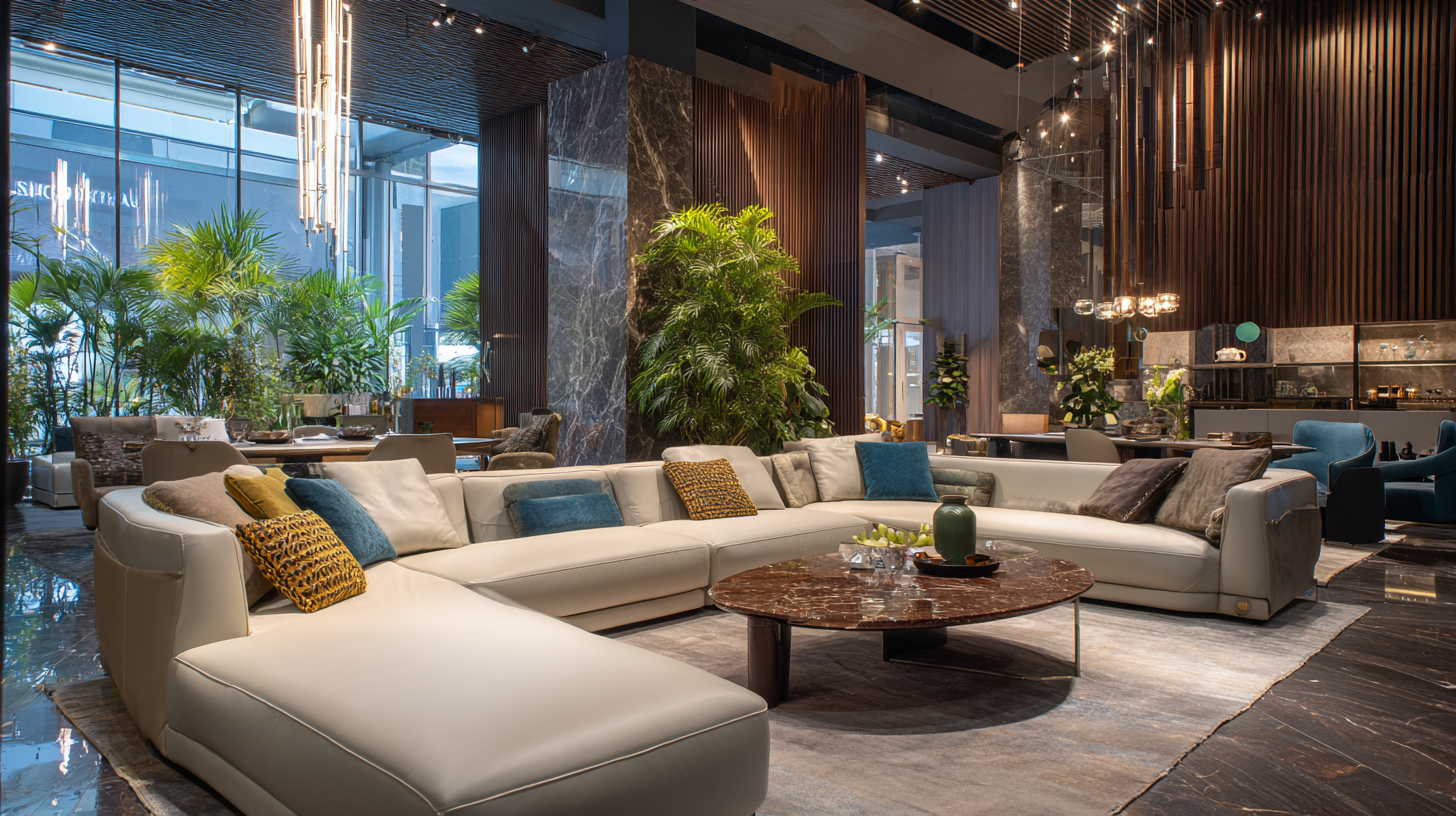
Moreover, the fair revealed a trend towards personalized furniture solutions, with startups leveraging technology to customize products according to individual preferences. Brands such as TailorMade Furniture and CustomCraft showed how digital tools enable consumers to design their own furniture, selecting from a variety of styles, sizes, and materials. This shift toward personalization not only empowers customers but also redefines the traditional furniture buying experience, illustrating how emerging brands are reshaping the industry landscape through innovation and consumer engagement.
Future Trends: Predictions for Modern Furniture Post-Canton Fair 2025
The Canton Fair has always served as a pivotal platform for industry leaders, showcasing the latest in modern contemporary furniture designs. Following the insights gathered at the 138th Canton Fair in 2025, it's clear that we are on the cusp of significant trends that will shape the furniture industry in the years to come. According to a recent report by the Global Furniture Alliance, the modern furniture market is projected to experience a compound annual growth rate (CAGR) of 4.5% through 2030, driven by increasing urbanization and a growing preference for sleek, space-saving designs among younger consumers.
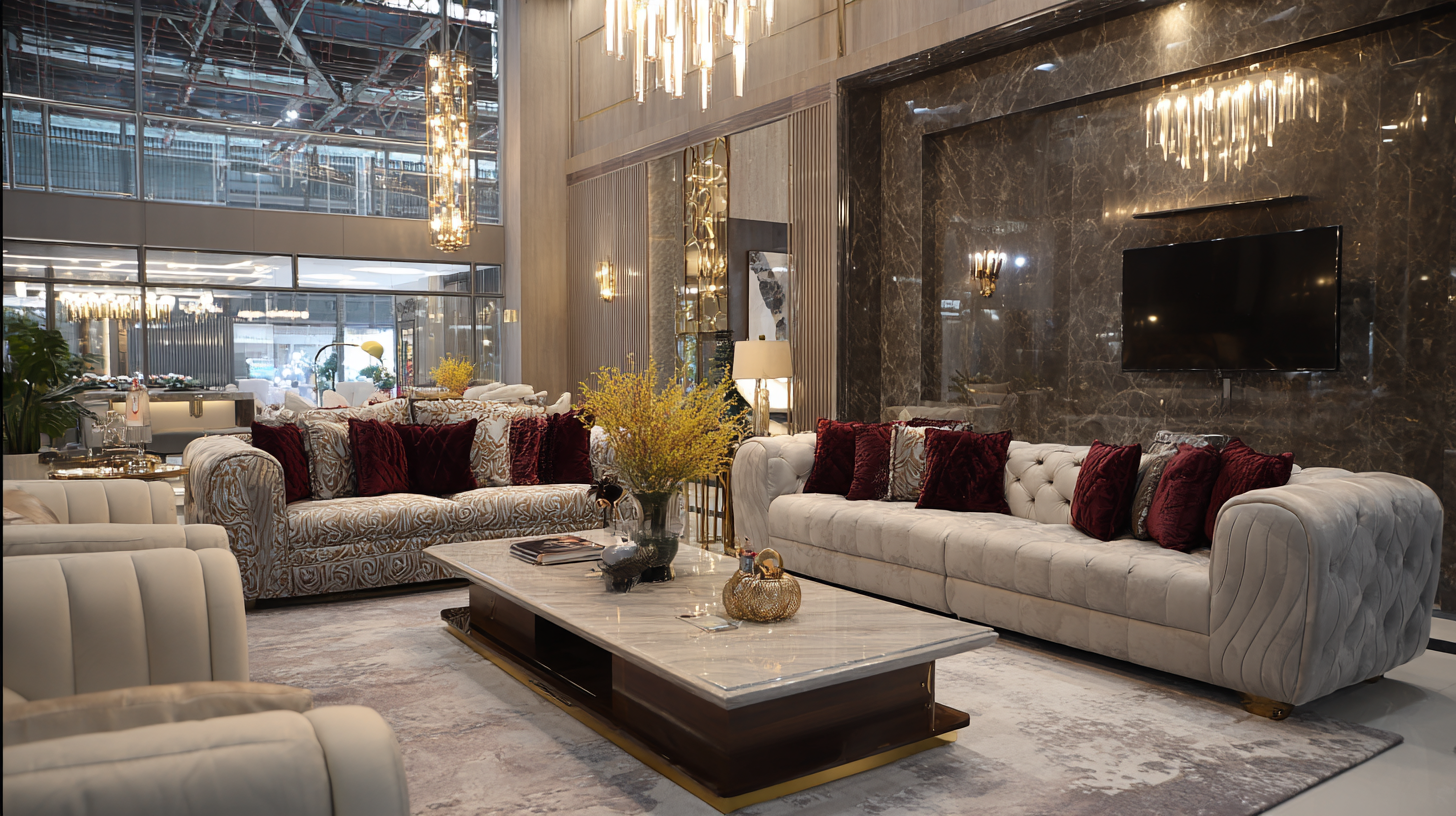
Among the most notable trends highlighted at the fair is the integration of sustainable materials in furniture production. A survey conducted by the International Council of Furniture Manufacturers revealed that 72% of consumers are willing to pay a premium for eco-friendly furniture options, a trend that mirrors broader consumer demand for sustainability across various sectors. Furthermore, the rise of smart furniture—pieces embedded with technology to enhance functionality—was prominently featured, with projections indicating that this segment could reach an estimated market value of $1.5 billion by 2026. As the industry adapts, it’s evident that contemporary furniture design is evolving to meet the pressing demands of sustainability and technological integration, setting the stage for a more innovative and responsible future.
Related Posts
-
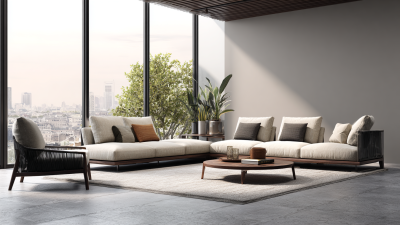
Innovative Designs Shaping the Future of Best Modern Contemporary Furniture
-
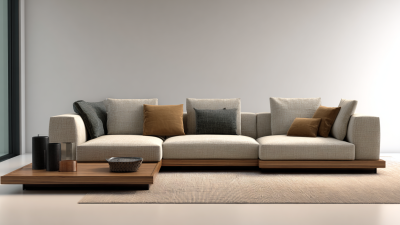
How to Choose the Best Modern Contemporary Furniture for Your Global Procurement Needs
-
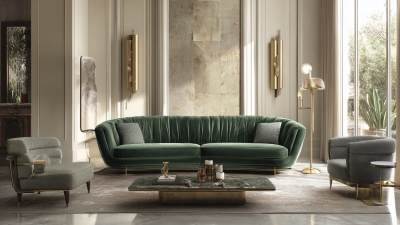
5 Essential Features of Contemporary Furniture You Can't Ignore
-
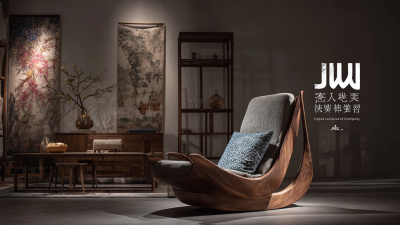
Elevating Global Standards: How China's Contemporary Furniture Redefines Quality and Respect
-

Future Trends: How Best Modern Furniture Will Shape the Global Market by 2025
-
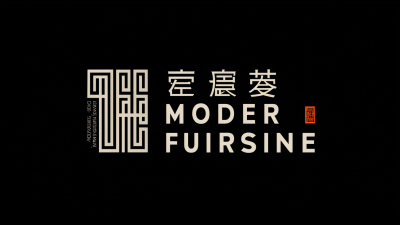
Discover Global Partnerships for Best Modern Design Furniture Made in China

